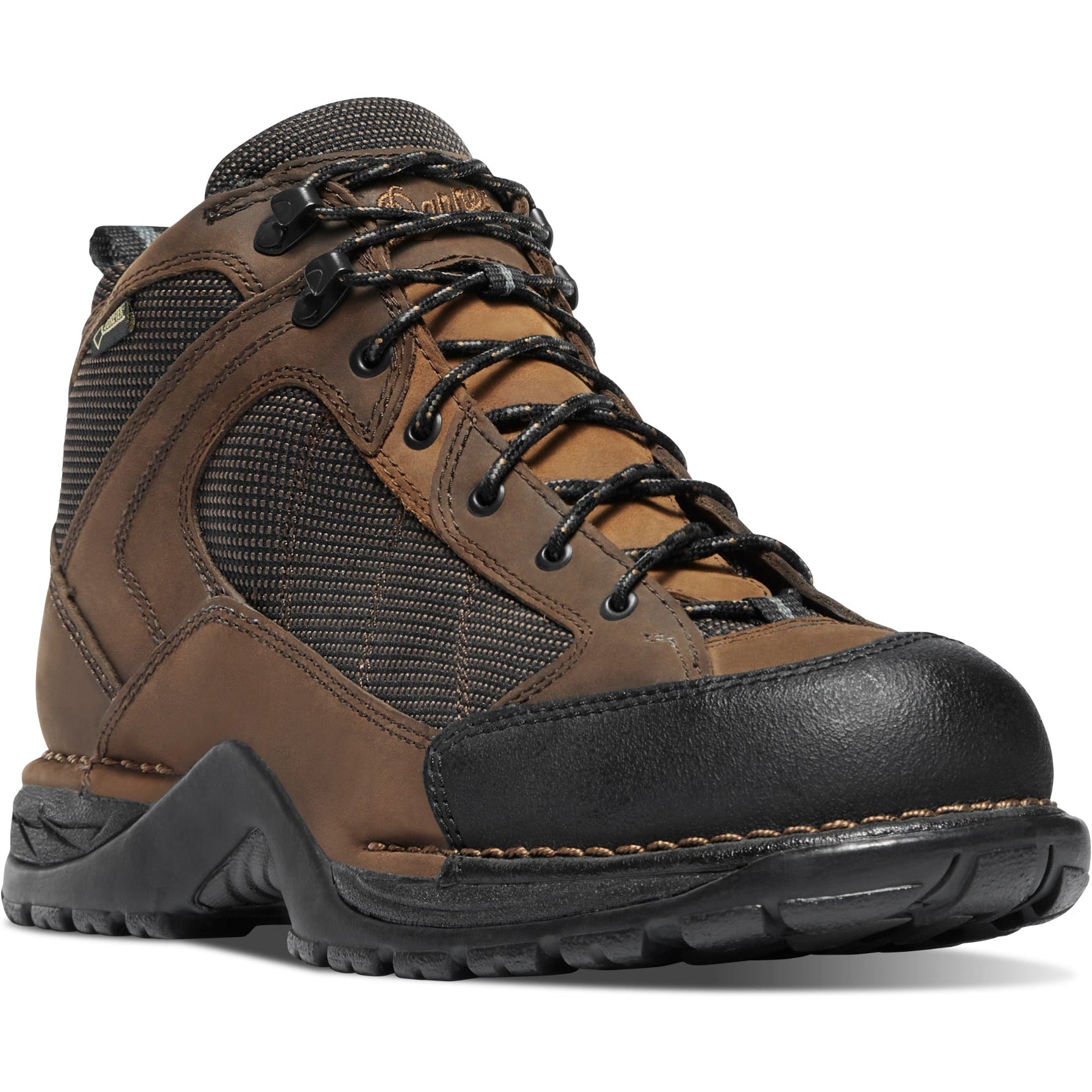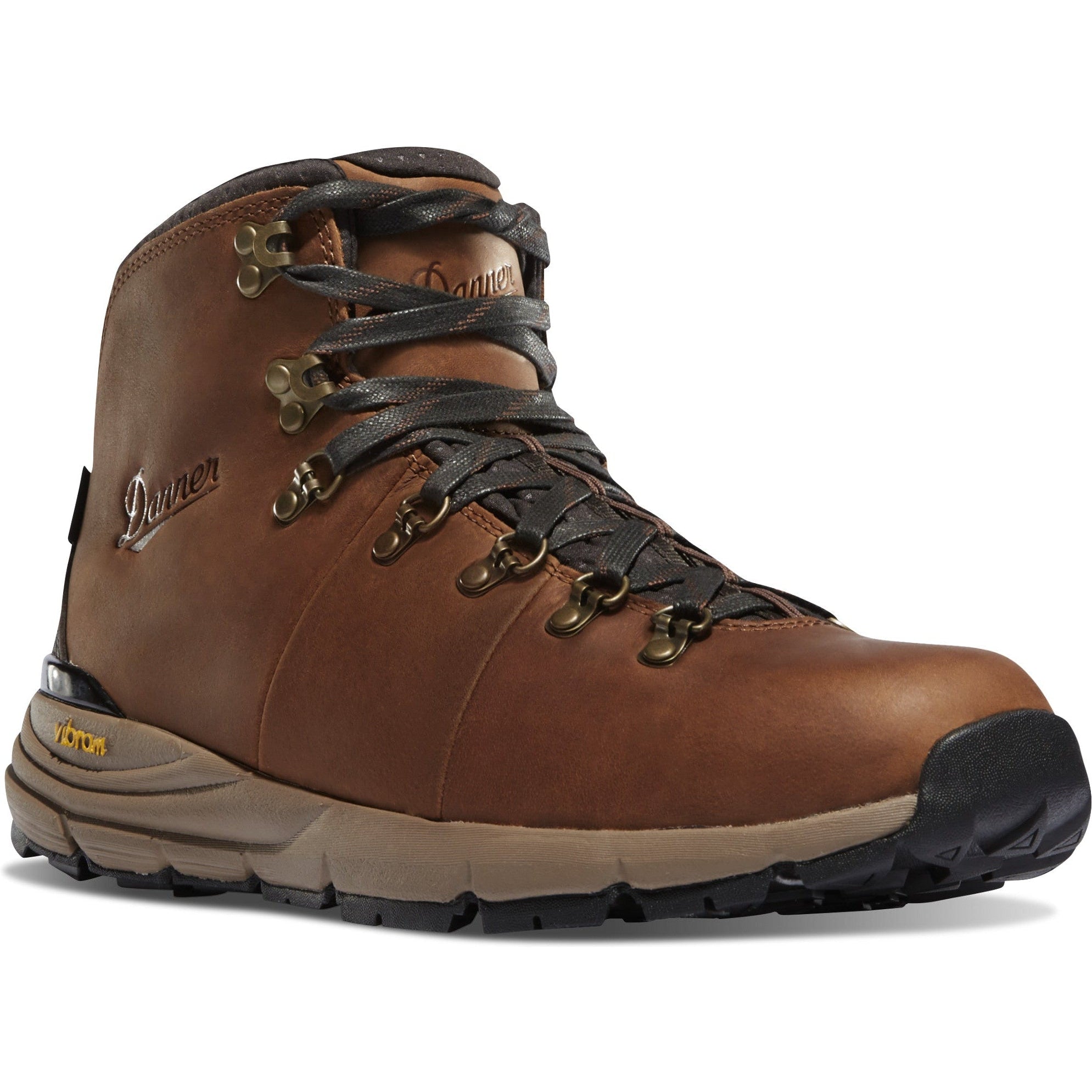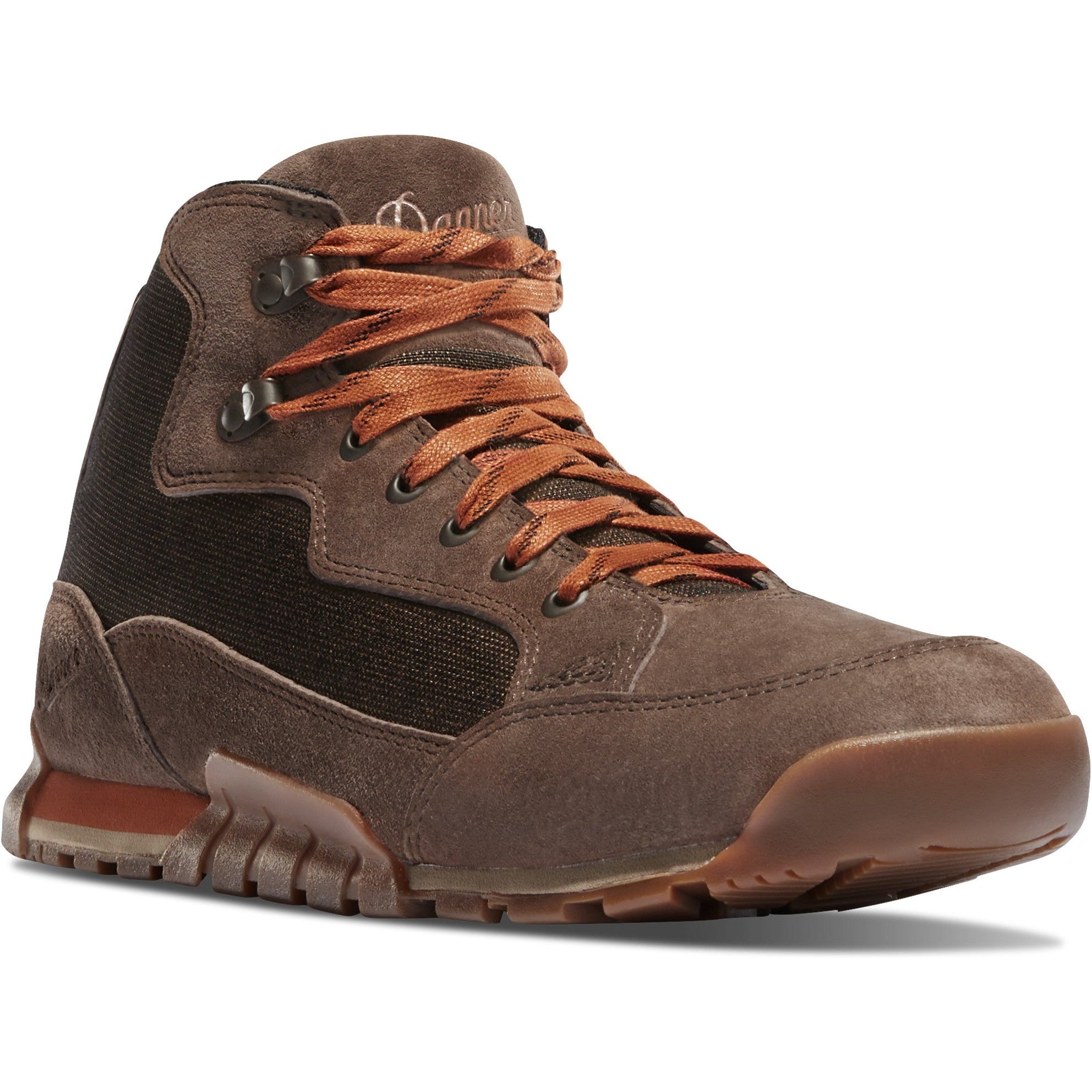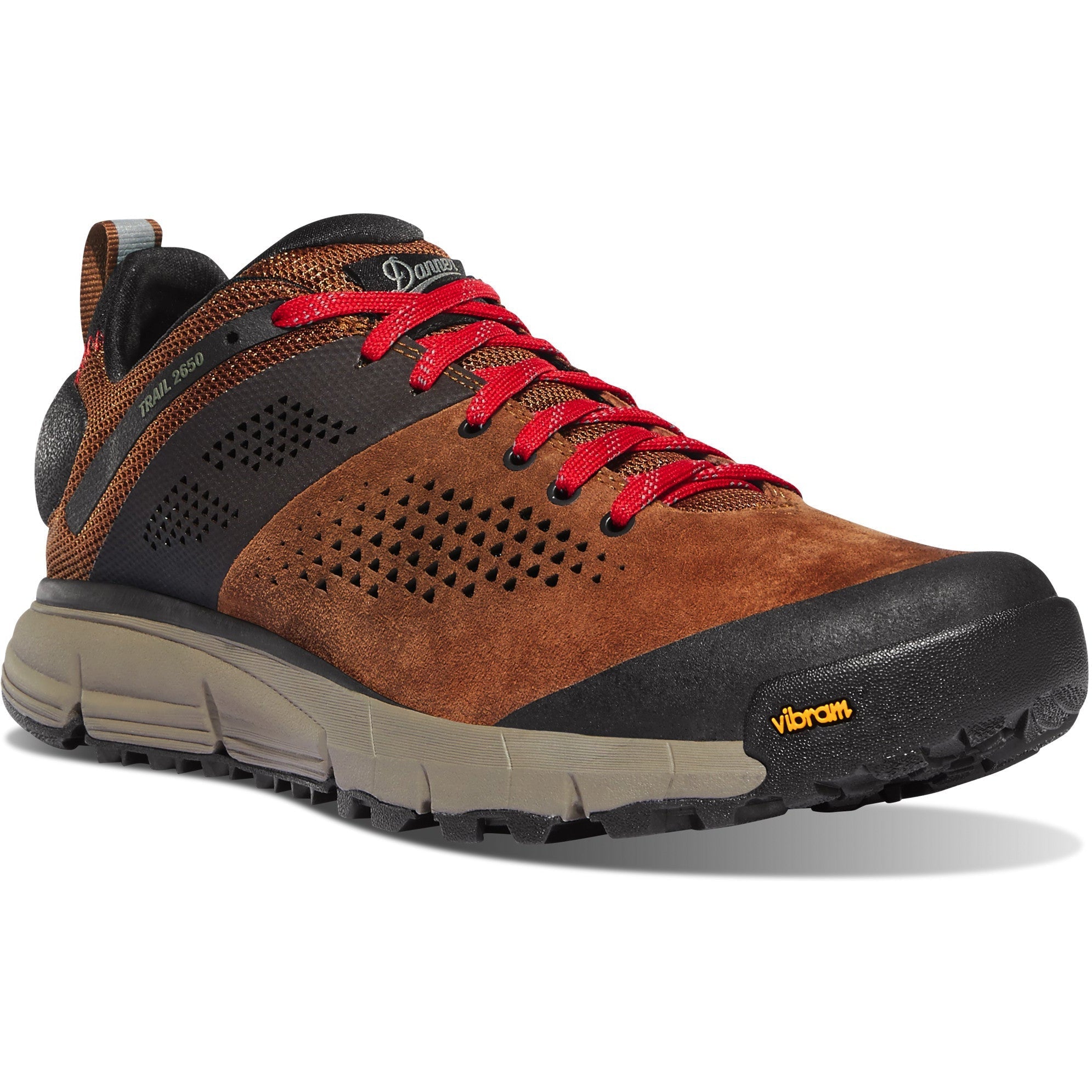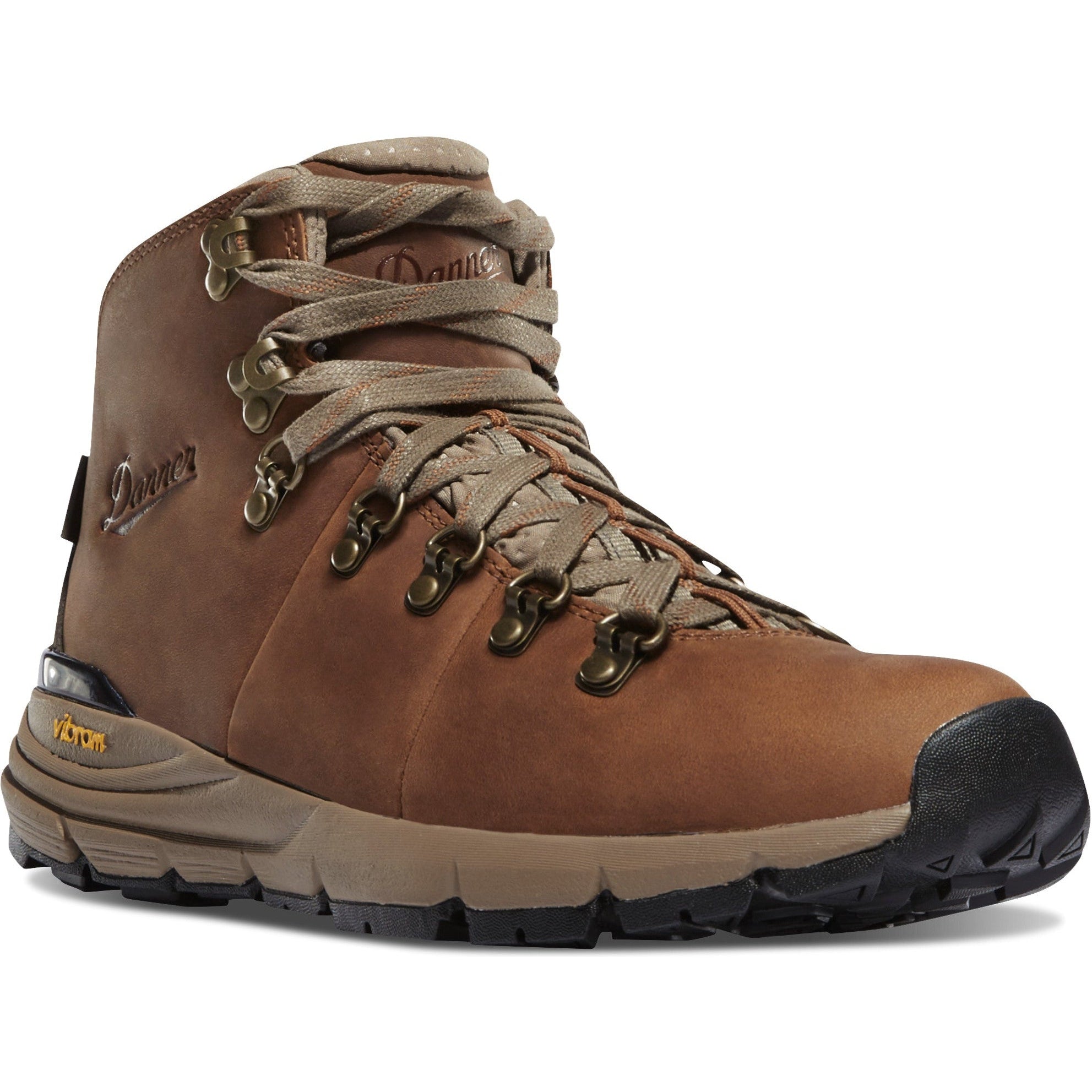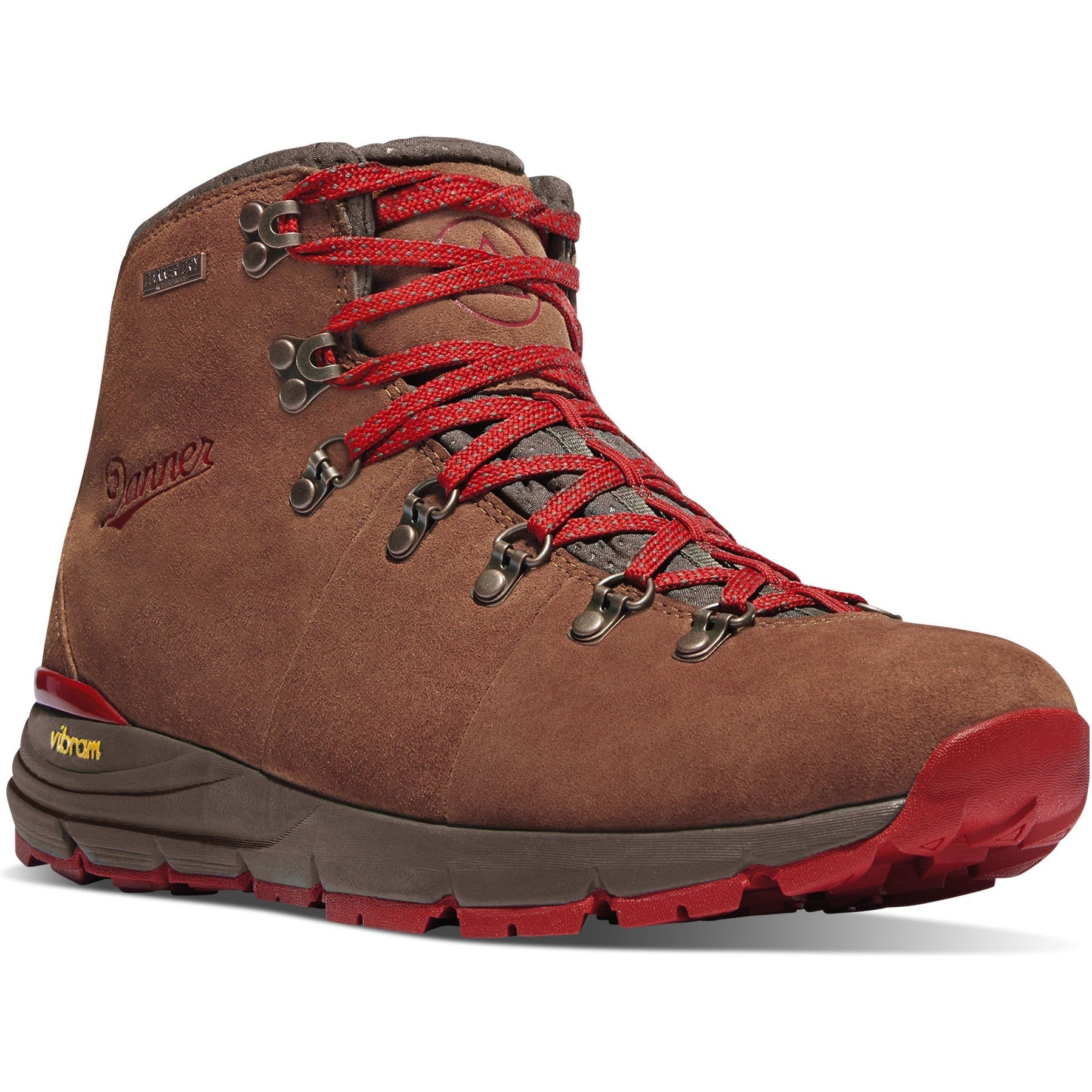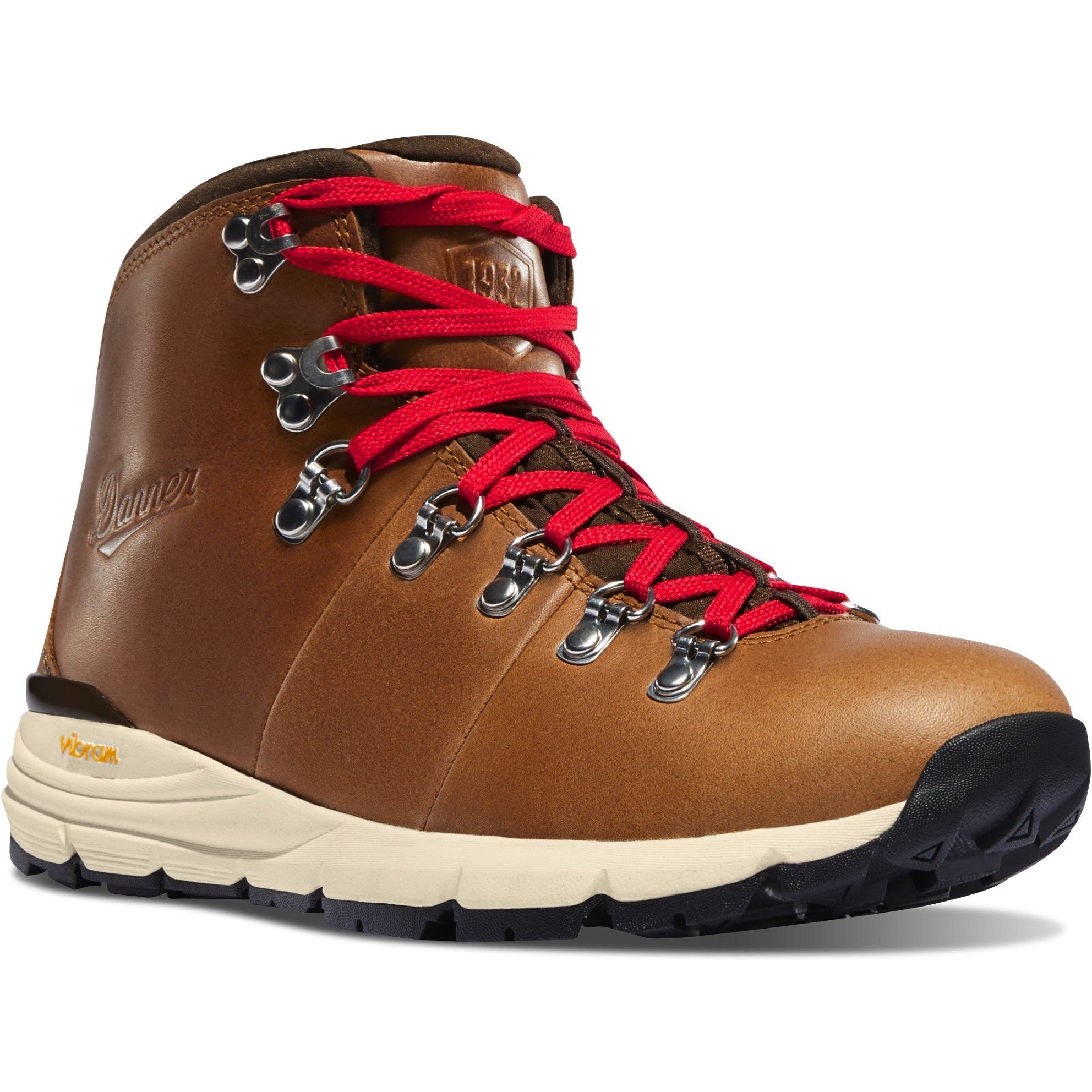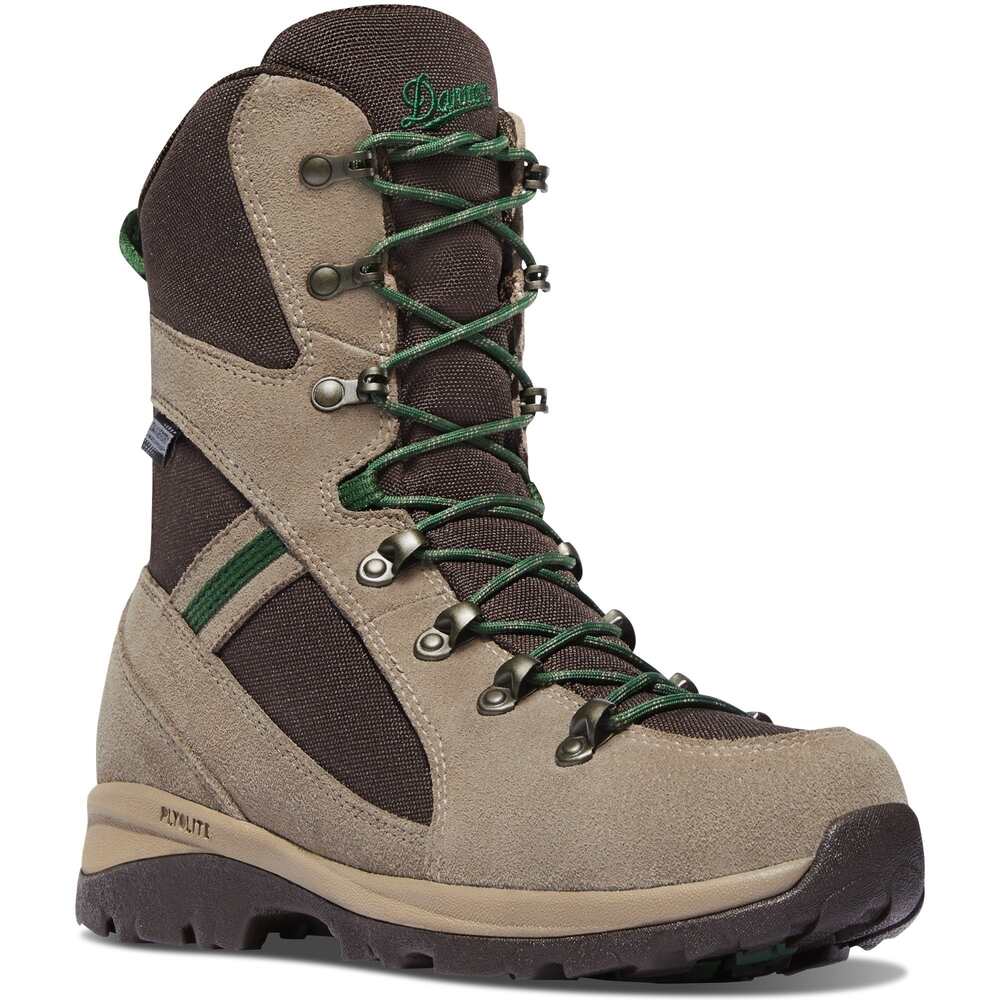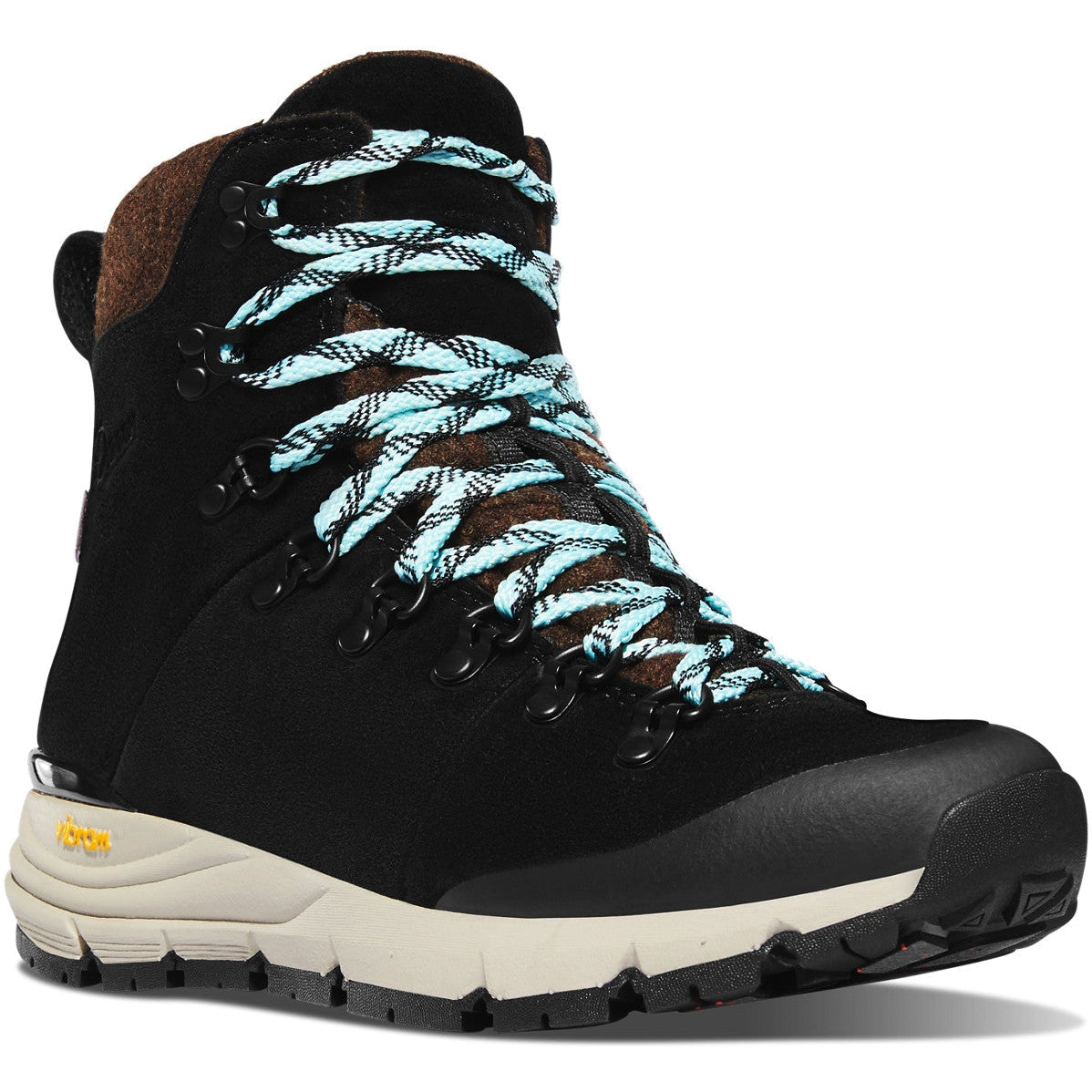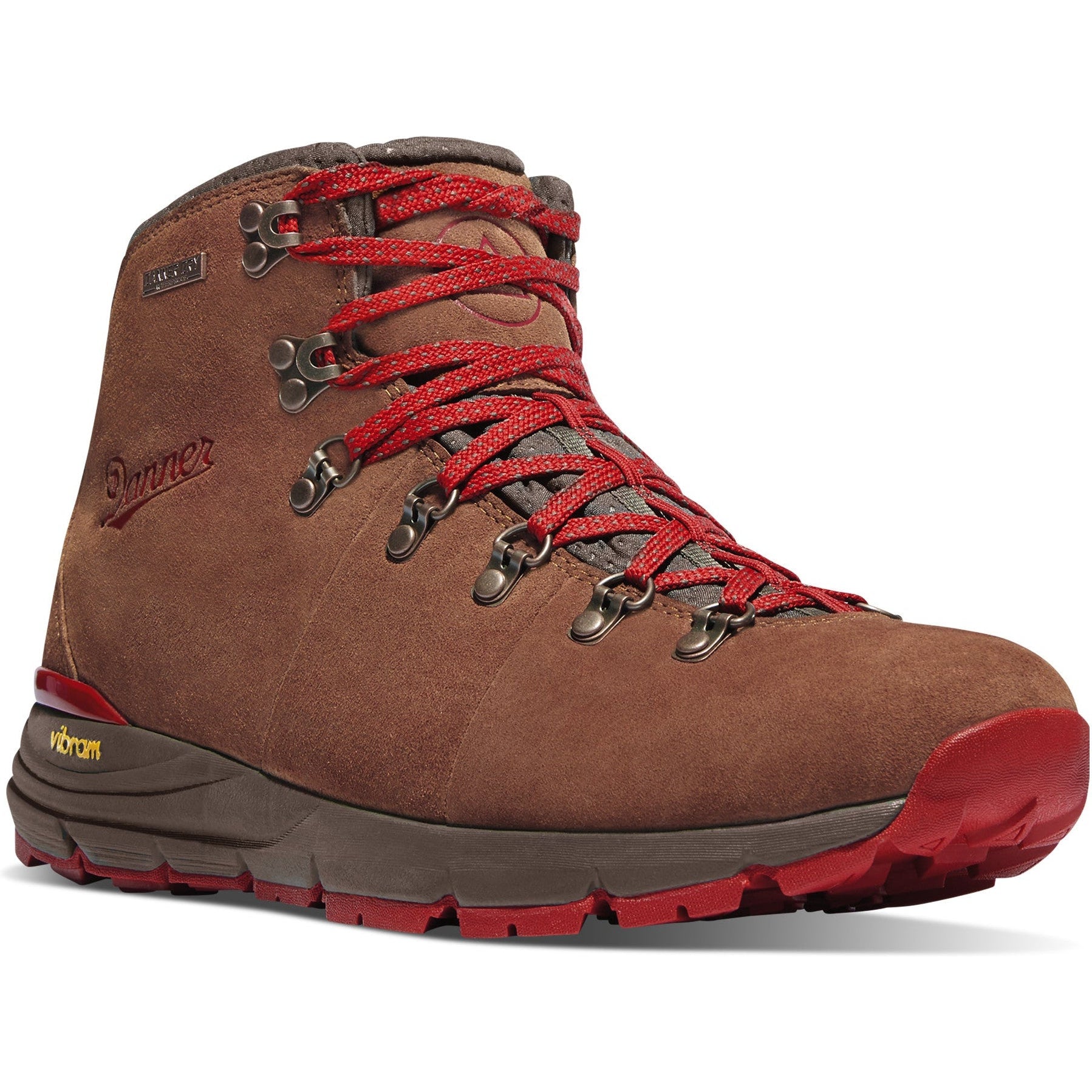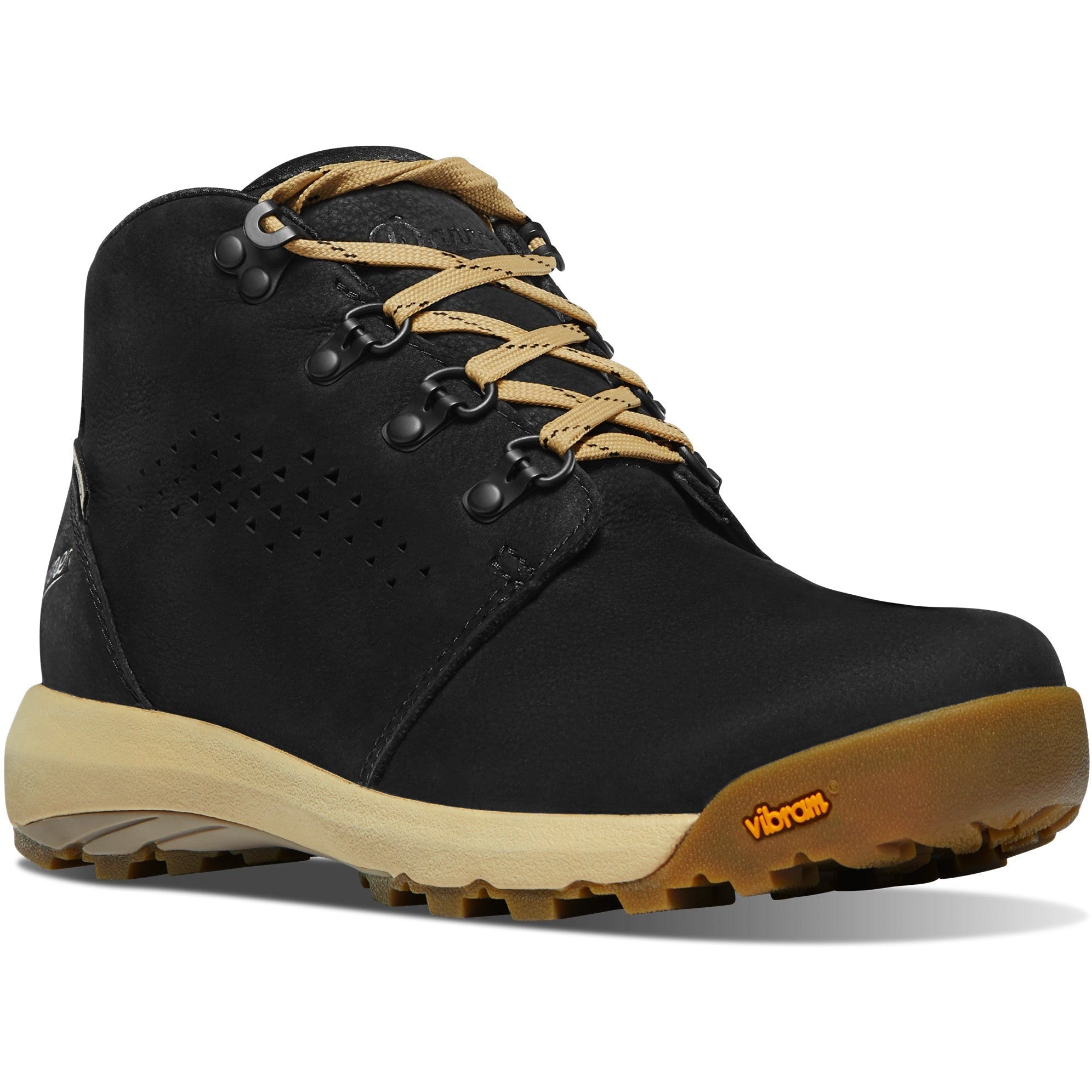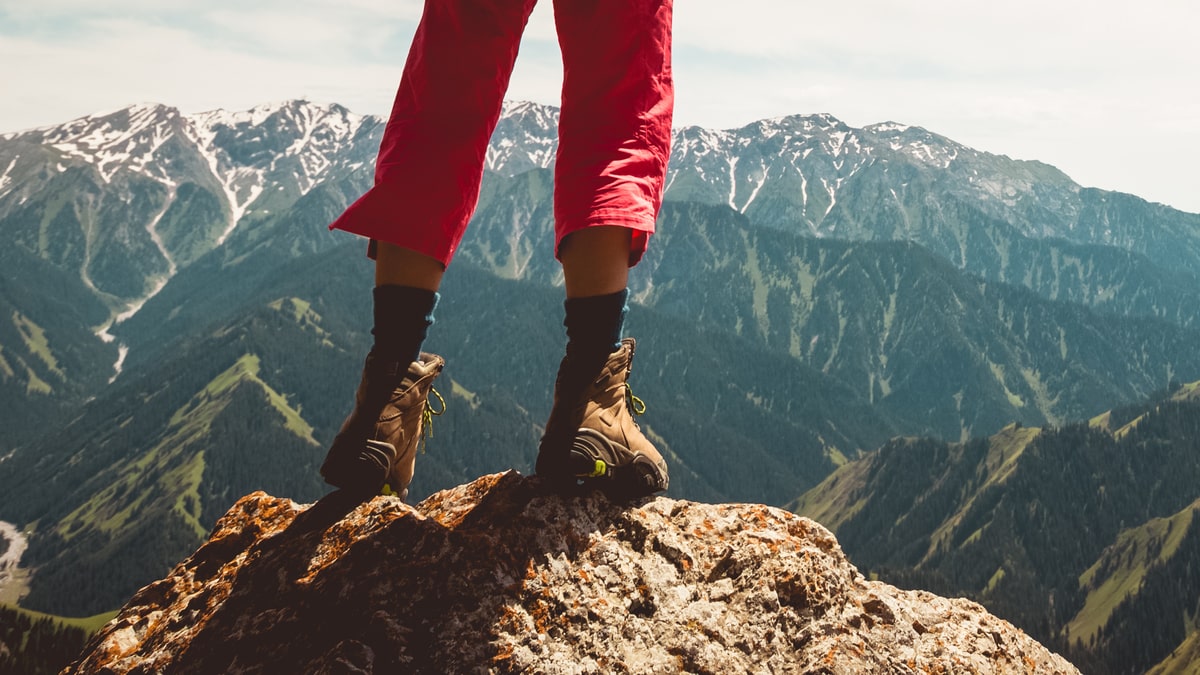Hiking Boots Need to Fit Properly
Generally, walking around town or commuting to work requires little more than lighter footwear such as sneakers or shoes. However, it’s not really a good idea to wear that on a trek, unless you want to end your 3-day backpacking trip miserable and covered in nasty blisters. You need a pair of hiking boots, and you need them to fit properly. But what does that mean? How should hiking boots fit?
In this article, we’ll help you prepare for the hike ahead. Extended trips on rough terrain can take a toll on your feet, especially if you’re wearing lighter footwear. However, simply buying a pair of boots for hiking is not enough — you have to test them out first before you head out into the wilderness. Ill-fitted boots are as bad as sneakers out on the trail, so let’s see what it is you can do to prepare.
Different Types of Hiking Boots
Before we dive into the topic of breaking in your hiking boots and trying them out, we’ll briefly go over the different types of boots you can wear. We’re talking real adult footwear here — strong and durable men’s and women’s hiking boots.
- Light hiking boots. These ultra-light boots bear the most similarities to trail running shoes. However, a pair of trail runners won’t get you far if the terrain you’re traversing is rugged or if you plan on adding extra weight to your back. A decent all-terrain boot beats trail running shoes any day of the week. With light hiking boots, you’ll get all the comfort and style of a trail runner, but with the added support and durability of tight hiking boots.
- Mountaineering boots. These types of boots are heavy, durable, and quite reliable. They’re definitely going to add more weight that you have to carry around, but they’re not going to give up on you halfway up the mountain.
- Backpacking boots. They’re the best hiking boots for extended trips over most types of terrain. While of lighter weight than the boots mountaineers use, they’re still far more durable than light hiking boots. Usually, these high-rise boots feature proper fitting insoles that are a bit stiffer than your regular day hiking boots.
One thing that’s common for all the different types of hiking boots is that you have to try them out before you go hiking. The heavier the boot, the more time you should spend adjusting it to match your feet size.
[prc-collections-carousel]
How to Check if Hiking Boots Fit?
We’ll lay out all the steps that you need to follow to check if your boots are ready to go.
Check the Length
First, put on a pair of casual socks that you wear every day. Then, put your larger foot (most people have one) into the boot. For the sake of example, let’s say it’s your left foot. Push your left foot all the way in until your toes have nowhere left to go. There should be enough room between your heel and the back of the boot for just one finger. Any more or less than that, and you’re guaranteed to need a blister plaster on the road.
There isn’t much you can do about the length of the boot. If your feet don’t have enough room or are uncomfortable, you’ll have to go and replace that pair of boots with larger size ones. There’s no amount of breaking in that can account for a boot that’s too short for you.
Check the Width
Now test the width of your hiking boots. Perfect size boots will feel snug around your feet. There won’t be any extra room to move your feet left or right, but there also won’t be any foot pain caused by narrow boots.
However, unlike length, the width of hiking boots is adjustable to an extent. First of all, leather boots are going to expand the more you wear them to adjust to your wide feet. The same cannot be said about synthetic hiking boots.
Secondly, thinner socks could potentially make just enough room for your feet. But, if the boots are too wide for your narrow feet, you might have to get replacements.
Make Sure There Is No Heel Lift
After you put on your hiking boots, try walking on your toes to ensure there’s no heel lift. If there is, it could spell trouble, i.e., sprout blisters on your feet. When lacing your boots, you can leave some room around the top of the foot while keeping it tight around the ankles. That will give your heels additional support.
Hiking Boots with Ankle Support
For even more support for your ankles, you could get a pair of high-rise boots such as backpacking boots. The high cut of these boots accompanied by a comfy midsole will provide the additional support you might need.
Socks You Wear Matter

The right pair of socks can make or break your hiking trip. As we’ve pointed out, the thickest socks can fill up some of the extra room in your boot, while wool socks will keep your feet warm at high altitudes. After you’ve tested out the fit in your everyday pair, try putting on your hiking socks and seeing if your feet still match the shoe size.
The odds are the thickest socks won’t really fit a normal shoe size, so it’s best to try this all out at home.
You could also wear nylon and wool blended socks — they’re lightweight, padded socks that will keep your feet dry and sweat-free. They’re perfect for warm and cold weather alike.
Test the Hiking Boots Against Inclines

Now’s the time for some field testing. How should hiking boots fit uphill?
Head on out in your new boots, find an incline near your place, and walk up and down it for about half an hour.
You need to spend time in your hiking boots before the trip if you don’t want any unpleasant surprises. Half an hour is enough to show you if there are any additional adjustments you need to make.
[prc-collections-carousel]Check Everything Again in the Evening

Foot swelling is a normal occurrence if you’ve been walking all day. That’s why you should retake all of the steps above in the evening when your feet are a little swollen. You’ll get an idea about how your feet will feel after a whole day of hiking in the great outdoors.
Broken-in boots will never give you any trouble because of swelling, but a new pair might. If your narrow feet have suddenly become too large for your boots, it might be a good idea to look into larger hiking boot sizes available.
Put on Heavy Load

Finally, you’ll most likely be wearing a heavy backpack for any hike lasting for more than a single day. Heavier loads affect how your feet shift inside the boots on a hike, so you should test your hiking footwear under such conditions.
Ill-fitted boots won’t be able to support your body weight, let alone any additional burden.
Insole Adjustments
If your heels continue to slip even after lacing your ankles up as we suggested, you could do with a better aftermarket insole.
Since most of these boots come with removable insoles, it won’t be an issue to equip them with higher-quality arch supporting insoles. An orthopedic insole can also provide you with additional arch support for more comfort.
Best Hiking Boots
There’s a wide variety of hiker boots on the market. Every big name in the industry makes their own boots for hiking — Timberland PRO, Carolina, KEEN, Danner, CAT, Carhartt, etc.
Whether you choose Carhartt’s waterproof hiking boots, or Timberland PRO premium leather Hyperions is entirely up to you. They are all exceedingly good and stylish at the same time.
You can base your decision entirely on the design, as they more or less all boast the same top-level quality and quality-of-life features.
Wear Them to Work
What’s great about boots for hiking is that they’re also highly appropriate for hazardous work environments.
Take a look at Carolina Men’s Hook hiker boots. They’re slip-resistant, waterproof boots that feature composite toes to protect your feet against impact. All of these benefits are extremely useful to a hard-working man who puts himself in harm’s way to get the job done.
All the while, you’re as comfortable and stylish as you can get at a place of work thanks to an orthopedic insole that you got to make your boots even better.
Build Your Own Collection of Boots
How should hiking boots fit? Like they were meant for you.
Start collecting hiker boots for different types of outdoor trips and always give them a bit of break-in time. Don’t just head out without testing them first. Ill-fitted boots can cost you your health and slow you (and the rest of the crew) down. Get a proper fitting insole, the right pair of socks, and your hiker boots will fit like heaven.
It’s time to head out. Make sure you’re well-prepared
